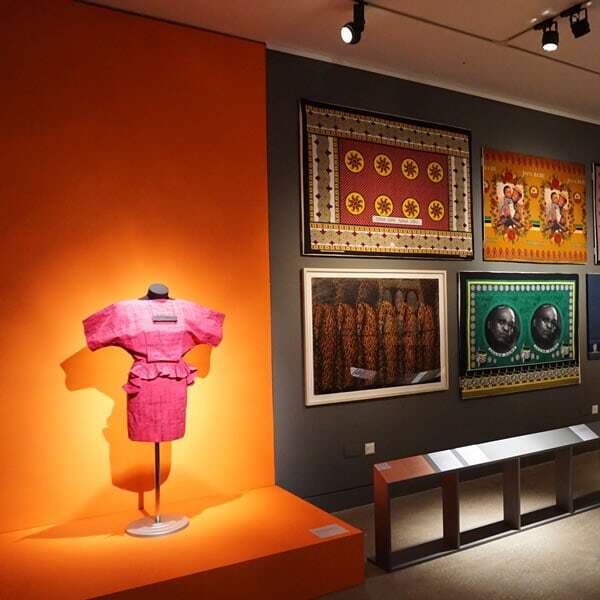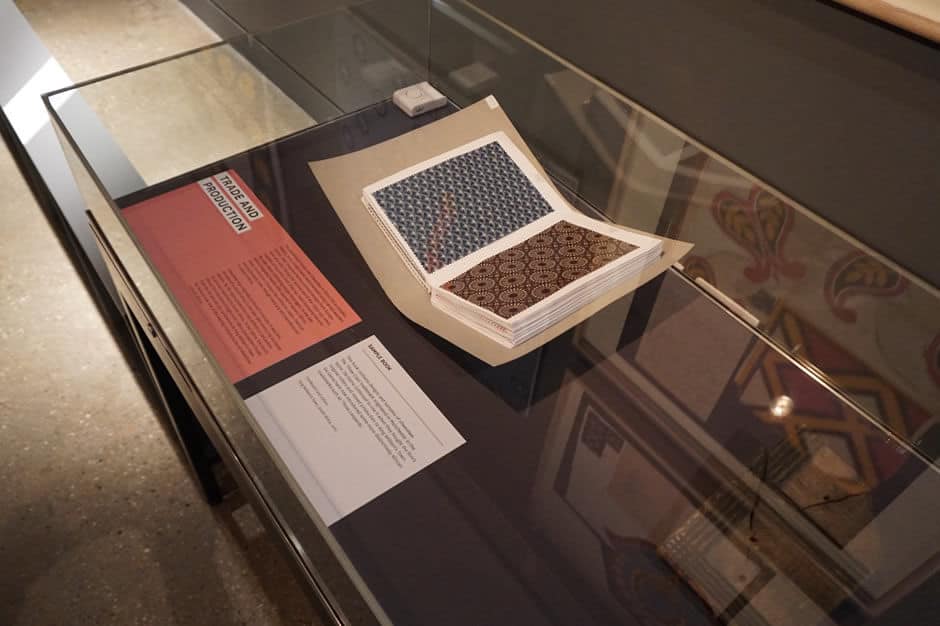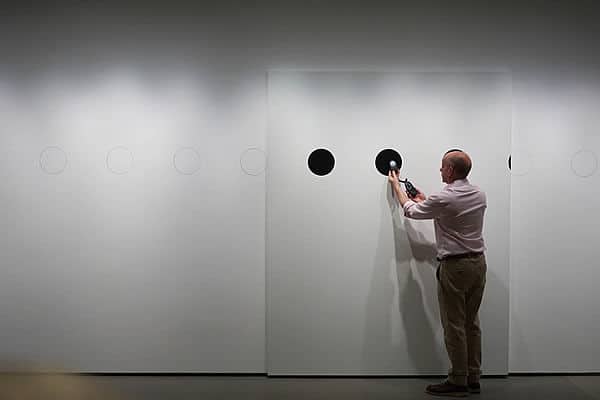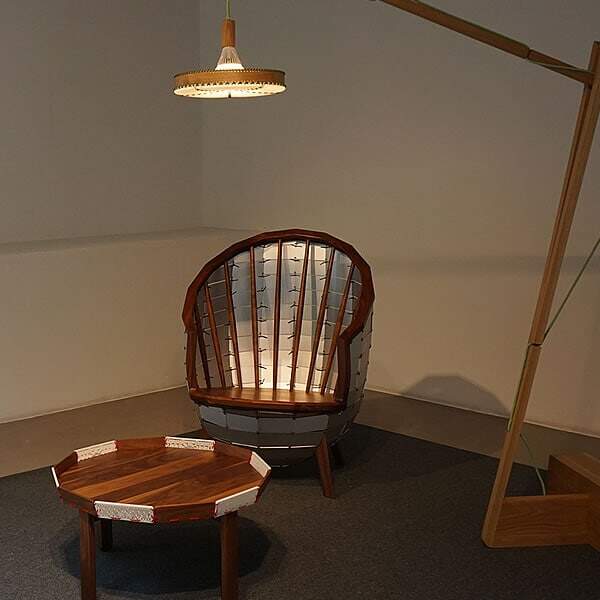PRESERVATION PRECISION
Without adopting Conservation Lighting Design, it’s a One-way Disappearing Act!
What is conservation lighting?
Conservation lighting is the ability to display light-sensitive art and historical items without causing irreversible light damage, minimal abuse, or fading. In straightforward terminology, it is a delicate and complicated balancing act to have enough light to view the artefact and allow enough exposure time.
The conservation lighting process aims to minimise the risk of damage by choosing the most appropriate type of lighting that emits minimal heat and harmful radiation. For instance, low-UV LED lights have proven to be an effective solution. The lighting fixtures are strategically positioned to avoid direct exposure to the artwork or object while nonetheless providing enough light to view it easily.
The conservation lighting process is an essential methodology for preserving the art and history of the past for future generations to enjoy. Through the efforts of expert lighting designers who are passionate and dedicated to their lighting schemes, these precious objects are displayed in the best possible light, allowing visitors to fully appreciate their beauty and significance without causing any harm.
In essence, conservation lighting serves as a reminder of the importance of preserving our cultural heritage and also passing it on to future generations.

Part 1
Whether you have a priceless master, a simple reproduced print, or one of a plethora of textile items, if you don’t control the lighting levels they are exposed to, you will start to see them fade in colour, yellow-ing, become embrittled and lose intensity. Furthermore, in some cases, details and colours may completely disappear altogether! This process is irreversible, so if this sounds familiar, act quickly. Thus, without adopting an effective conservation lighting design, this is a one-way disappearance act.
In my travels as a designer, I often see high-end galleries, museums, and private collectors who are exposing their collections to harmful daylight and artificial light levels. On some occasions, the light levels are more than ten times what they should be.
This time I thought we would take a more straightforward look at conservation lighting. I say simple as this subject has been written about in-depth, but it can become a very complex one. It is common for people to switch off when it comes to making changes. So I intend to keep it understandable to the average person.
When you start down the road of conservation lighting design, there is always going to be a trade-off between being able to view the object at its optimum while, on the other hand, keeping it safe for future generations to enjoy.
Our conservation lighting design illuminates heritage with care and creativity, protecting treasures from fading into the shadows of time.
- Is your space naturally well-lit with plenty of daylight streaming in, or is it generally dark?
- Does the space receive direct sunlight, or is it shaded by trees, buildings, or other structures?
- Are there many sources of ambient light, both natural and artificial, that contribute to the overall lighting of the space?
- Have you installed any UV light filters to regulate the amount of daylight that enters the space?
- Which direction does the space face concerning the sun (North, East, South, West)? This can have a significant impact on the amount and quality of natural light that enters the space.
- On average, how many hours of daylight does the space receive per day? – What type of artificial lighting is currently being used in the space, and for how long each day?
- Lastly, what specific track, light fittings, and light sources are being used to illuminate the space, and for how long each day are they typically in use?
Conservation Lighting Design Snippits
All you need to answer these questions is a light meter and a bit of research. However, once you’re armed with this information, you will probably be shocked by the amount of light your sensitive collections are exposed to daily, causing cumulative and permanent damage.
For most sensitive objects, you want to look at a light level of around 50 lux; anything significantly more than this, and it’s time to take action. Of course, my team and I can perform this light study for you and provide our expert findings and lighting design solutions.
More information on conservation lighting
If you place people in dark environments that are void of daylight, their concentration and attention span decline intensely.




